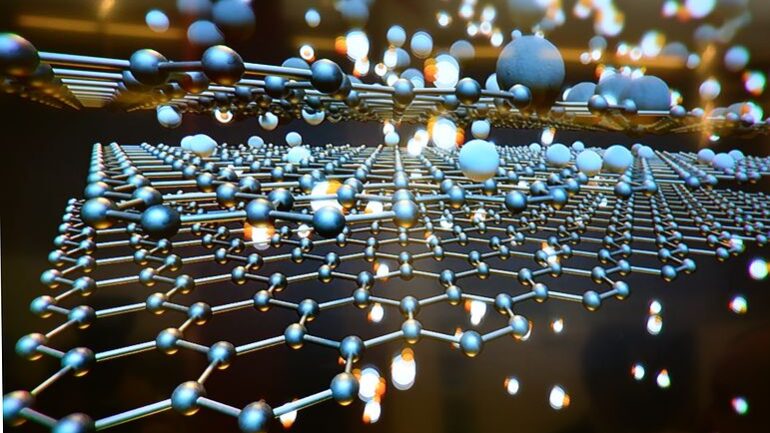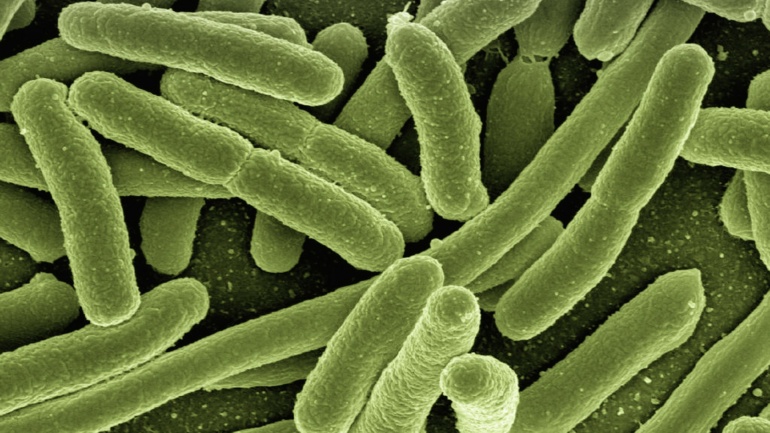By Thu T. A. Nguyen, Publishing Associate: Researcher and Writer at Save the Water™ | December 11, 2023
Unfortunately, per- and polyfluoroalkyl substances (PFAS) have become familiar to many of us. These chemicals have their names because they don’t break down once released into the environment. They also negatively affect our health. For example, they have been associated with high blood pressure, thyroid issues, and increased risk of cancer.
Until October 2023, the US Environmental Protection Agency (EPA) recorded over 14 thousand PFAS. These substances have been used since the 1940s to make oil-, water-, and heat-resistant products. Many products are everyday household objects, such as nonstick cookware, textiles and food packaging. Due to its multiple applications, PFAS has been detected in drinking water over the last two decades. Therefore, these substances can enter our bodies. Currently, approximately 99% of Americans have PFAS in their blood.
Unreported Forever Chemicals
The statistics regarding the amount of PFAS in the environment can be overwhelming:
- The Environmental Working Group and Northeastern University reported that PFAS are found in the water systems in 50 US states.
- Nearly half of the faucets in the US are contaminated with “forever chemicals.”
- In April, the Natural Resources Defense Council (NRDC) claimed it found 26 new “forever chemicals,” some of which the EPA could have missed.
- The EPA allows the use of more than 600 known harmful PFAS due to a loophole in the federal government’s reviewing procedure.
- Although Manufacturers aren’t forced to disclose the use of these substances to consumers.
In a recent peer-reviewed article, Dr. Erin S. Baker and colleagues have used a new technique to find 36 known and 11 new “forever chemicals.” We know that tens of thousands of these chemicals exist, but only several hundred standards are available. The lack of chemical standards makes it difficult for PFAS to be identified and characterized. This could mean that 13 thousands more of these chemicals are yet to be noted.
Unlike previous techniques, Dr. Baker’s group used a method called ion mobility and mass spectrometry. This technique can separate small molecules, such as PFAS, based on their size and shape. This is in addition to their chemical characteristics. Thus, this allows them to see what previous research could not.
What Does the Identification of New Chemicals Mean for Us?
The discovery of new chemicals may seem alarming for many people. However, the fact that we can find new chemicals that already exist in our environment can be a good thing. It helps us better understand the effects of PFAS on human health and the environment. Among the substances found, only a member of PFAS, called GenX, is suspected to cause health issues. While the American Chemistry Council states that most PFAS are safe, we don’t know much about many newly found substances. However, now that we can detect these substances in the environment, scientists have a way to study the characteristics of these chemicals.
Moreover, this new detection method will improve PFAS regulations. Currently, manufacturers aren’t required to publish whether these substances exist in their products. Even worse, the EPA doesn’t test for most “forever substances.” The testing method that scientists in Chapel Hill use can detect as many chemicals as possible instead of only targeting known substances. As we can characterize more chemicals, we can make more standardized tests to gauge the amount of PFAS in our environment. Additionally, we can find out where these chemicals come from.
What Can You Do?
Reading about “forever chemicals” may be overwhelming. However, the situation is not entirely hopeless. Some technologies, such as one developed by engineers in British Columbia, can help reduce PFAS contamination in drinking water.
On a smaller scale, we can use activated carbon and reverse-osmosis filters at home to help limit exposure to these unsafe chemicals in drinking water.





